Sarah commented that when she painted with her students, the projects never really seemed to "turn out". I know exactly what she means. Perusing art pages and seeing countless beautiful works from little bitty kids makes me wonder too, how the heck did they do that? First of all, it can be done, BUT it takes a bit of organization and a few fail-safe techniques. Here are my secrets....
Okay. So before I go any further, I want you all to know that I believe strongly in the mantra that art is about the process not the end-results. Still, it doesn't hurt to make the most out of every project.
For painting lessons with younger kids, I often use black oil pastel to trace over the lines once the paint is dry. Similarly, I used black paint for the same purpose. This simple step creates the strong contrast that is so appealing in kid's art.
Here are a few examples:


(Click on the photos to read the instructions)
How do I set up for a painting lesson?
Use plastic "muffin tins" for paints (see sidebar). These can be found in any art catalog and are quite helpful in reducing the amount of paint you use and saves time in set-up. If I have 25 students, I set out one tray for every table. That means 5 trays for 5 tables. Easy peasy.
Each child then gets a paint brush and access to two water containers. If you are in a classroom with individual desks, art set-up will be a bit tough. This is a worse case scenario if you ask me! All I can suggest is to use paper plates with small blobs (quarter size) on each plate.
What about mixing?
I get asked this all the time. I encourage my students, especially the lower grades, to mix paint onto their artwork. Yes, you read right. Kid's often get way too hung up on finding the "perfect" color and really mixing is just a waste of time. I teach the kids to "double load" their paint brush. Dip the brush into one color (say yellow) then dip straight away into another (say blue). Now, the paintbrush has two colors on the bristles. The kids love smearing the brush along the paper and seeing the colors mix by themselves. A bit of art magic.
Of course, this only applies to lessons when the paint colors are up to them. For a lesson teaching color mixing like my Colorwheel Clowns, I use plastic or paper plates.

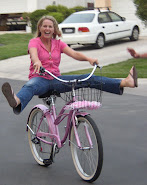







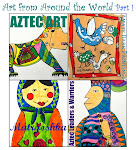
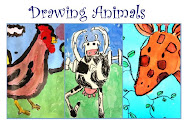
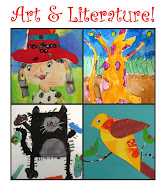

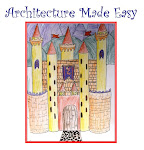
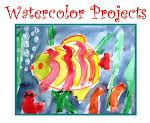





5 comments:
Oh how cool my question got a post on your blog:)Thank you so much for posting your tips. I cannot wait to give painting another try with my students. I'm expecting great results this time thanks to my discovery of the fabulous deep space sparkle:)
Hi Sarah.
I hope this was a bit helpful. painting can be daunting but I encourage you to give it another whirl. Kids LOVE it.
Sometimes I use plastic ice cube trays too.
Hi! I am a first year art teacher in TN and I love your site. Thank you so much for posting so much information! How do you run your clean up? I tables with 4 to six kids at each. i have 2 art helpers at each table and they are to be the only ones cleaning after their art work goes to the drying wrack. One helper gets the water buckets and brushes and the other puts the paints up and cleans the table with the already wet paper towels. The other two stay at the table and straighten up their art caddies that go in the center. i have found that the less kids you have moving around with water and paint the better and quicker.
I also teach a Swish, Wipe, and Blot method to clean the brushes. The kids love to repeat that over and over. It's like an art song for painting. :)
Thanks,
Becca :)
Good tips, Becca.
I have to admit, I'm the WORST for organizing clean-up. I end up calling out last minute instructions and never leave enough time to do it. I'm going to try your approach tomorrow!
Post a Comment